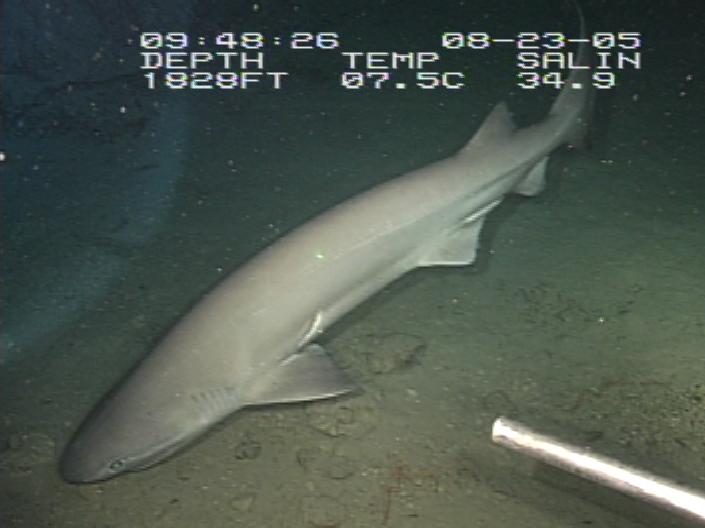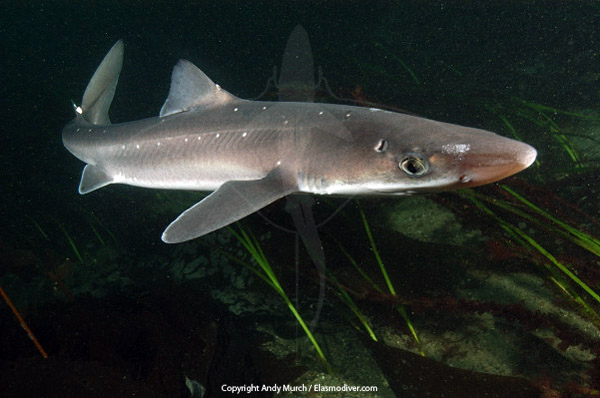
After spending some time at the Fisheries and Oceans Canada office today, I have this weird desire to head to the water and write about a fish. At the same time, I don’t want to bore you, so I figured we should actually go to the ocean and track down the Bluntnose Sixgill Shark. I guarantee that this shark is more interesting then some minnow species you would find in a freshwater lake Northern Ontario….okay, that minnow could be cool too. I apologize to minnows everywhere! So what do you say? You up for a trip to the Pacific Ocean to find the Sixgill Shark?
This particular shark is one of the few members remaining in the Hexanchidae family which is a very primitive family. In fact, most of the relatives of the Bluntnose Sixgill Shark are found in the fossil records dating back as far as 200 million years ago. Before we go any further I want you to process that number. What were you doing 200 million years ago? Probably hiding in the corner since dinosaurs were roaming the earth at this time. This just goes to show how primitive this shark is. As a result, the Sixgill Shark has a few unique features.

For starters, unlike most sharks, the Bluntnose Sixgill Shark has…..wait for it….. a rounded blunt nose and believe it or not, six gills. Shocking, I know! Most sharks tend to have a more aerodynamic nose and only five gills. On other feature that stands out on this primitive shark is their lone dorsal fin. Look closely! They only have one dorsal fin, which is located near their tail. This means you won’t get that eerie feeling when you see the large shark dorsal fin cutting through the water as you are surfing. This is probably why they didn’t cast the Bluntnose Sixgill Shark for the movie, Jaws.
Bluntnose Sixgill Shark Fast Fact – The good news about this shark is you can catch a glimpse of them no matter where you live. The Sixgill Shark actually has the widest distribution of all sharks (well, the Great White might have it beat but it is close) and can be found all over the world in both temperate and tropical regions. Even more spectacular is the fact that they have been known to dive as deep as 1800 m (6000 feet). I guess you had better grab your scuba gear if you want to see this shark in action.
I hope you enjoyed your trip to the dark depths of the ocean. I will see all of you back here tomorrow for the last Wild Fact of the week.






